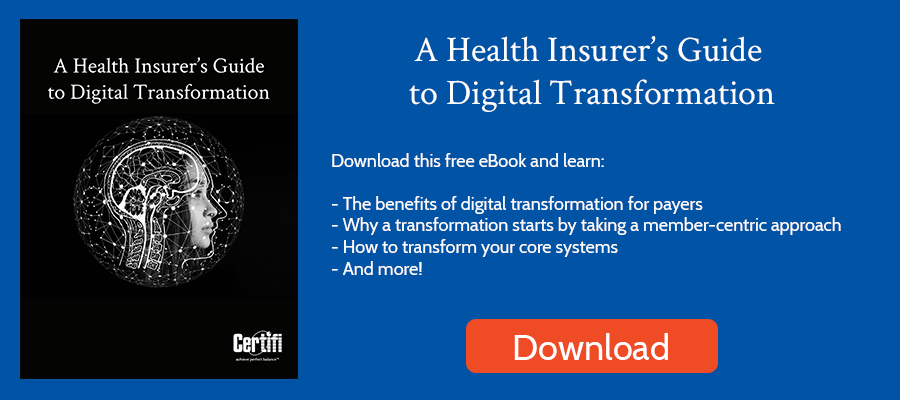There’s an episode of Scrubs in which the hospital’s Chief of Medicine, Dr. Kelso, decides to offer body scans as a way to improve revenue. One of the hospital’s doctors, Dr. Cox, hates the idea and bets Kelso that no one will want a scan. Next, Harvey Corman, a hypochondriac, decides he needs a body scan, especially after he finds out a bet is behind Dr. Cox’s guidance not to get one. In the end, the patient listens to Dr. Cox after he convinces him it will only make him more paranoid.
In the real world, that body scan may be considered an example of low-value care. Essentially, services that aren’t medically necessary and provide no health benefits for patients are considered low-value. That Scrubs body scan could have led to further unnecessary testing or treatment. Some of that additional treatment may have even had an outcome that harmed the patient.
Think low-value care isn’t a problem? Think again. A 2017 survey of physicians found that 20% of overall medical care was unnecessary. Other estimates indicate Americans spend as much as $345 billion on low-value services.
What are some examples of low-value care?
The American Board of Internal Medicine (ABIM) created the Choosing Wisely campaign to address low-impact care among clinicians. One of the outcomes of the campaign was a list of 500 recommendations from different medical groups. Later a Task Force on Low-Value Care was created and developed a list of the top five low-value clinical services. They include:
- Vitamin D screening tests
- Diagnostic tests before low-risk surgery
- PSA screening for men 70+
- Branded drugs when identical generics are available
- Low-back pain imaging within 6 weeks of onset
Those services contribute $25 billion annually in wasteful health spending.
Another task force, the US Preventive Services Task Force, rates services. The task force doesn’t recommend services that are D-rated because they have no benefit or their potential harm outweighs the potential benefit of the service. A list of those services can be found here.
What research exists on low-value care?
A lot. The Research Community on Low-Value Care, a partnership between AcademyHealth, the ABIM Foundation, and the Donaghue Foundation, conducted an analysis of related research. That 2019 analysis found just under 200 projects started between Jan. 1, 2014, and March 31, 2019, were related to low-value care. Research projects include an international collaboration to advance the measurement of low-value care, using machine learning to reduce low-value care, and identifying cascades of low-value care and the organizational practices that prevent them.
What should insurers do?
Here are a few suggestions that can help insurers reduce low-value services:
- Incorporate low-value items identified by Choosing Wisely and US Preventive Services Task Force into measurements. Insurers can dig into their data to determine how frequently providers perform some of the top 5 low-value or D-rated services to understand the scope of low-value care. Additionally, insurers should contribute to all-payer claims databases (APCD) where possible. The databases help researchers understand service data. That research can lead to additional identification of low-value care events that insurers can leverage to improve the value of care provided to patients.
- Create provider scorecards. Many carriers have implemented customer-facing provider scorecards that include pricing and reviews. A scorecard detailing the number of top five low-value services and D-rated services performed can help insurers understand if certain providers are more likely to perform low-value services and then take actions based on that data.
- Use plan design to disincentivize low-value services. From a provider perspective, insurers can develop plans that don’t reimburse providers for low-value services. Alternative payment models like value-based care can help disincentivize low-value care. Plan design can help align out-of-pocket costs with the medical value from a patient perspective, disincentivizing patients from requesting low-value care. For example, insurers can also leverage provider data — like that from APCDs or your own claims data — to rate providers lowly if they frequently perform low-value services, steering members away from those providers.
Certifi’s health insurance premium billing and payment solutions help healthcare payers improve member satisfaction while reducing administrative costs.



